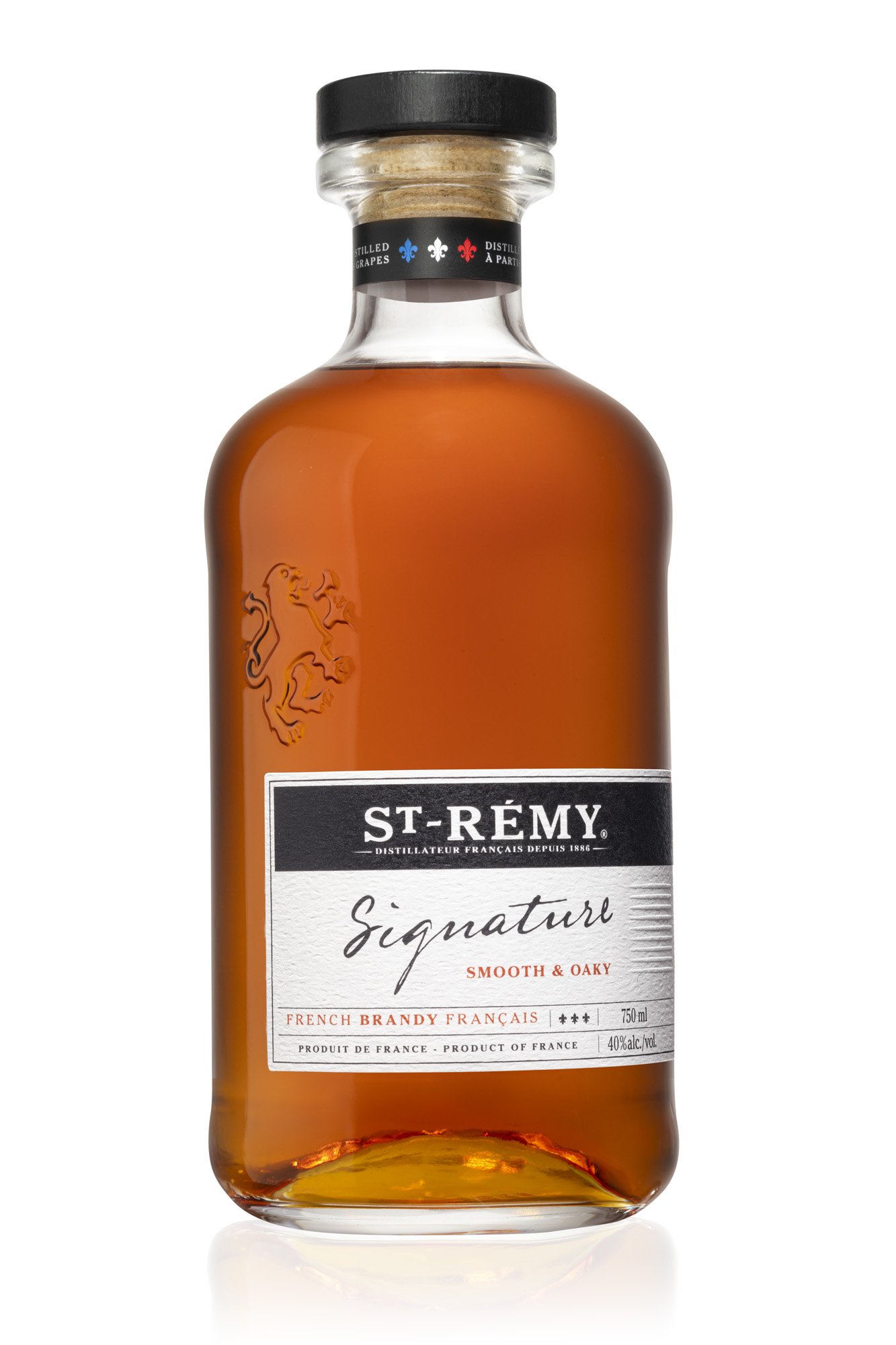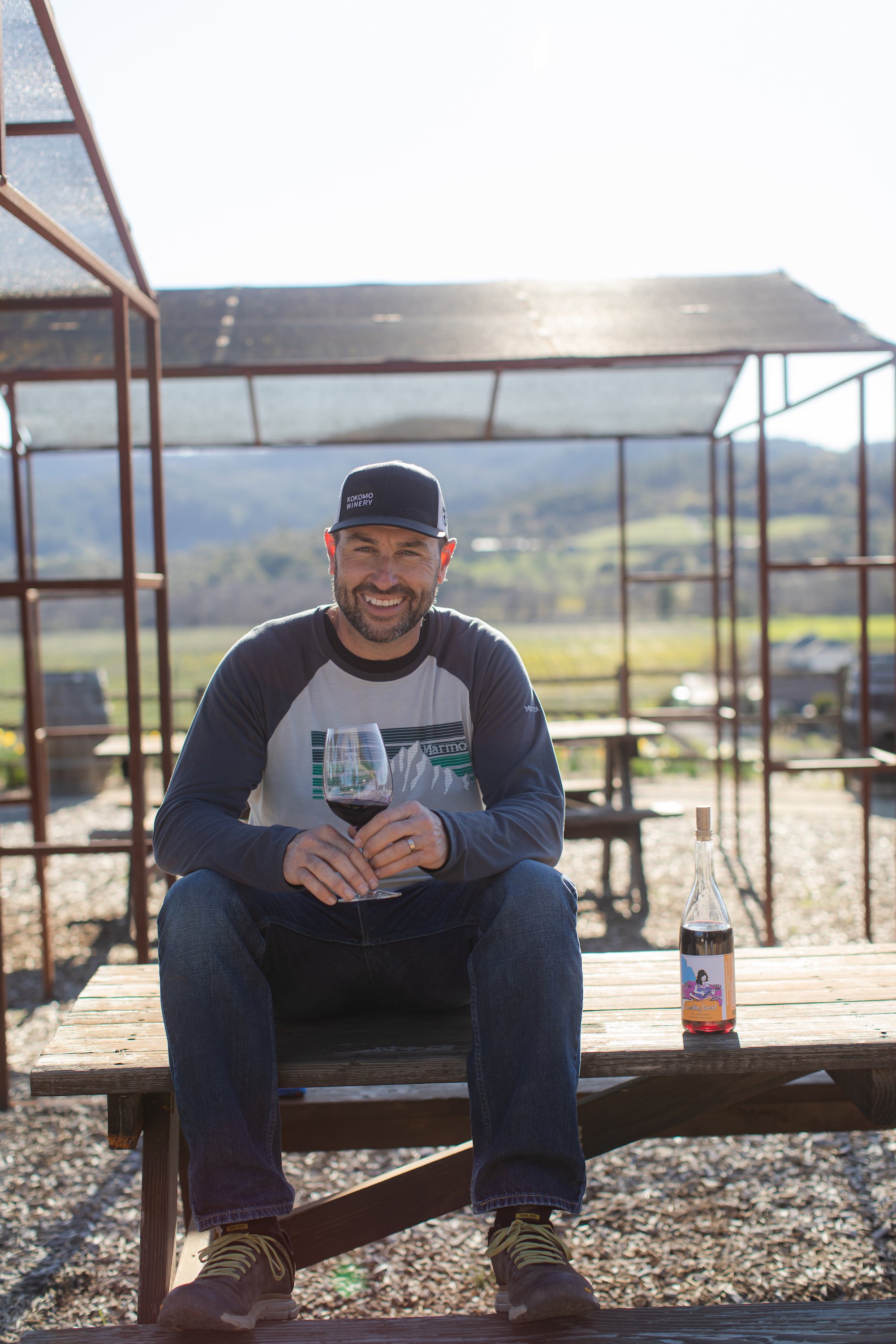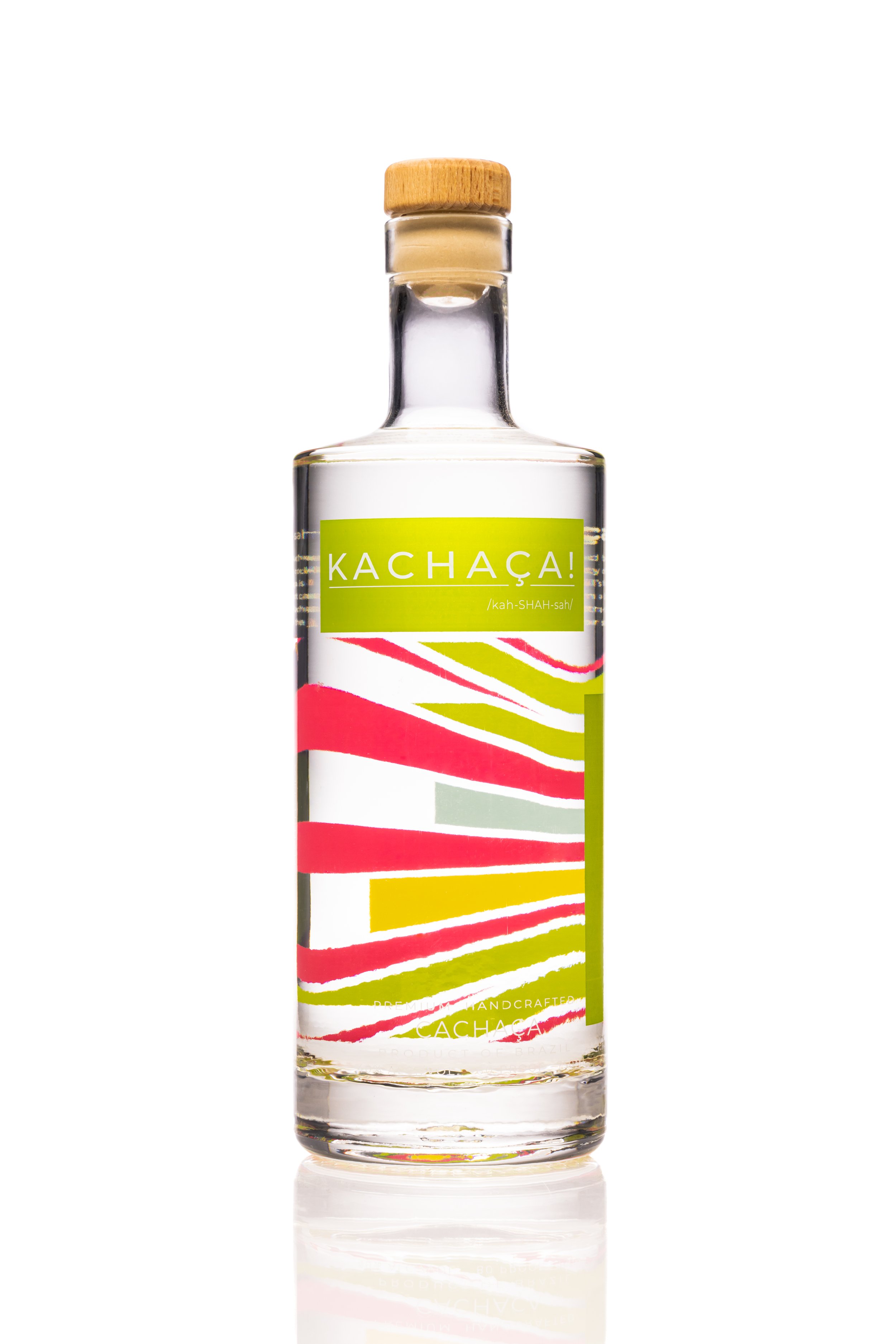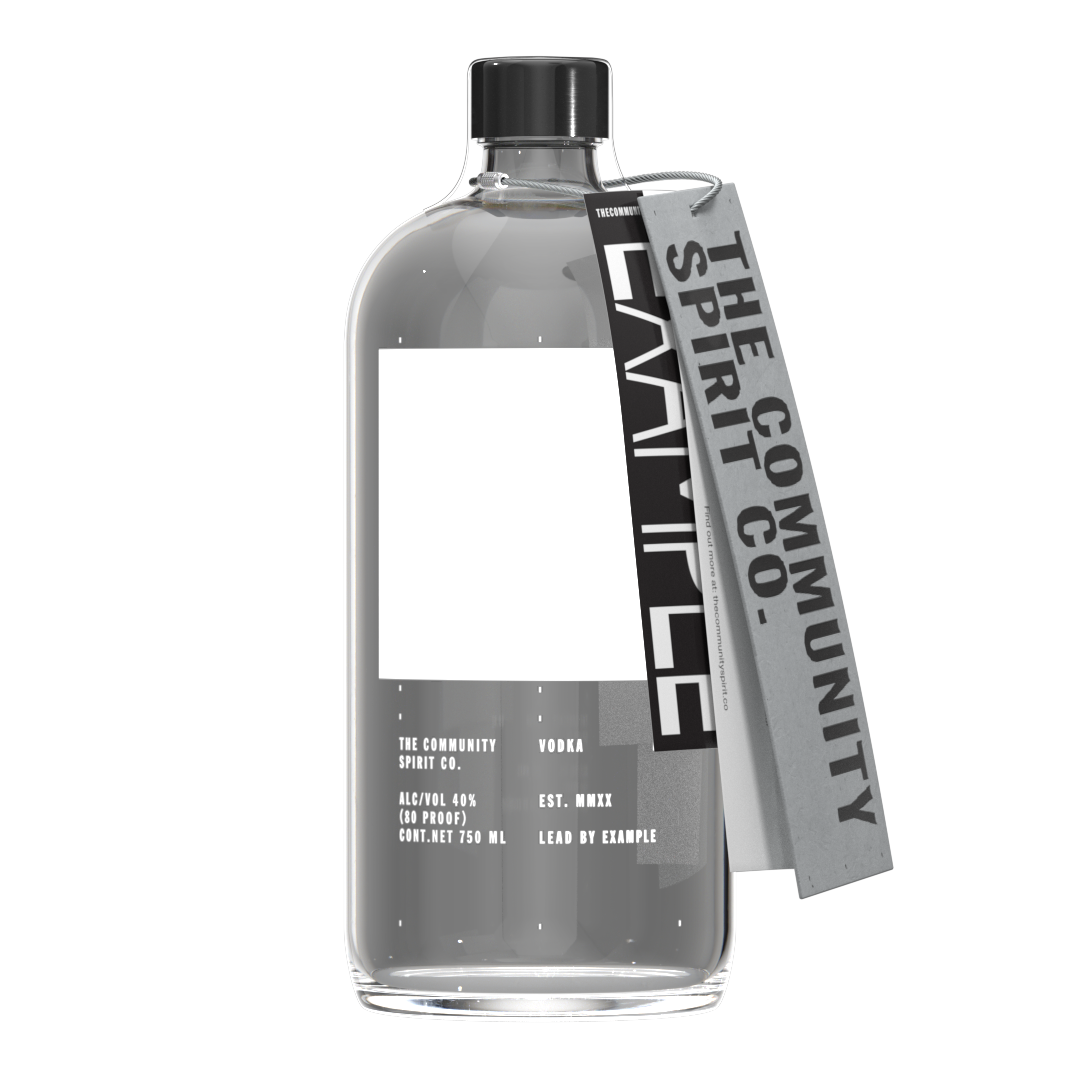6 Ways To Sell Liquor More Effectively to Gen Z and Millennials
Capturing the next generation has long been an issue that wine and liquor producers need to address. What will they want to drink? And how to capture their attention? Lumping everyone between the ages of 21 and 40 into the same general ideological category is a mistake. While Millennials and Generation Z have a lot in common, there are also significant differences between them. Understanding both their habits and their desires is key to reaching them.
Defining the Generations
There are around 88 million Millennials, who have a reported $30.2 billion in spending power. This generation witnessed, first-hand, the mainstreaming of business online, and the advent of social media. For much of their lives, the economy was strong.
Generations Zers, the oldest of whom are in their mid-20s, are around 77.9 million strong, with a reported $10.7 billion in spending power. They have no memory of life without Instagram, they have been indelibly impacted by the economic collapse and recession of 2008, and many graduated from college into the pandemic, when work-life was transformed.
Defining Millennials and members of Generation Z is a technical matter of course, and essential to any conversation about the differences between them. According to Pew Research, a dependable arbiter of such disputes, anyone born between 1981 and 1996 is a Millennial, whereas anyone born in 1997 or later is a member of Generation Z.
So how should alcohol producers writ large target these similar but disparate groups? Here’s what we can learn from the research and some top producers.
Both Are Intentional Drinkers
Younger generations think seriously before sipping.
About 48% of Gen Z is open to “dry dating,” a.k.a. booze-free interaction with romantic interests, a practice that previous generations would have found anathema. Fewer Millennials—but a healthy 37%—feel the urge to date sans lubrication, according to a study from Reach3 Insights, a full-service market research consultancy. Both generations hit the bottle to release stress, Reach3 reports, but a full 74% of Millennials gravitate toward alcohol to relax, while 66% of Generation Z say the same. Overall, 88% of both generations focus on non-drinking activities like physical activities and exercise, play board games, read or practice mindfulness to achieve balance.
There’s also the widely reported turn toward healthier alcoholic options, Reach3 confirms. More than half (60%) of both generations say they’d be more interested in brands that offer lower ABV options and / or health benefits, but only about 14% are intentionally seeking them out.
Offer Innovation in Targeted Messaging
Younger generations also want variety and innovation. The most popular spirit brands with Millennials and Gen Z—Patrón and Tito’s—include representation in more than one category, in this case tequila and vodka. No shock here, but both generations are also more likely to be influenced and make buying decision based on what they see on social media. About 75% of Millennials say that a brand’s social media presence impacts their purchasing decisions. Generation Z tends to gravitate toward YouTube, Instagram and Snapchat, while Millennials find their groove on YouTube and Facebook, according to a study from marketing firm Animoto.
And they do their research. About 80% of Millennials and Generation Z check out brands online before clicking buy, in part to ensure that the company’s ethos reflect their own.
2. Be Authentic
St.-Remy, born in 1886, is still as young as springtime—selling about 700,000 cases a year and steadily taking about 18.2% in value market share—by staying hip to what the cool kids want. Global brand director Hervé Buzon explains that communication is key. “Generation Z and Millennial are looking for true, honest and authentic experiences from brands,” he says. “They also don’t want to over-spend. We are transparent and humble about who and what we are.” St.-Remy recently introduced St.-Remy Signature, an innovative brandy that intentionally meets a younger generation of spirits drinkers where they are.
“Through social media platforms, we are able to bring visibility of the brand to this audience and initiate conversations that educate them on the background of brandy as a whole and St-Rémy’s contribution to the category,” Buzon explains. “We also have found that video tutorials on platforms like YouTube, have also helped generate more in-depth opportunities to educate our target about the brand story and how to enjoy it, particularly in terms of cocktails to make at home.”
The Signature line respects French brandy-making traditions, but Master Blender Cécile Roudat says that the new line, with an added stage of aging in small virgin oak barrels, in addition to traditional, seasoned oak casks, delivers “sweet aromas of vanilla, coconut, or almond, and fresh fruit on the nose. Round and balanced on the palate, the virgin woody and spiced notes are enriched with honey, nut and butter flavors. Fruity aromas transform from fresh to candied, while sweet spices bring strong roundness and balance.”
Younger audiences—and critics—are taking notice and it won top awards in various competitions.
3. Make Them a Part of Your Story
Other brands find that simply and authentically sharing their story can drive engagement. Drumshanbo Gunpowder Irish Gin was launched in 2016 and enjoyed quick success across the globe that ground to a halt during the pandemic. “We were in more than 70 countries and had plans to open a multi-million visitor experience in Drumshanbo, Ireland, before COVID halted construction,” says Conor O’Brien, international market manager at The Shed Distillery, which produces Drumshandbo Gunpowder. “It became an emotional decision to push forward, because we had a fundamental commitment to the local community who supported us from the very beginning.”
They also pivoted to make emergency hand sanitizer to help local health services and charities when there was zero supply, O’Brien says, adding that along the way, they shared their ever-evolving story on social media without overtly and obnoxiously marketing it. “Millennials and Generation Z do not want to be overtly marketed to,” O’Brien says. “They want to discover our brand for themselves. They are streetwise and well-educated and seek innovation, and curiosity and will use modern technology to get ‘under the bonnet’ of the brand and quickly dismiss the fakes. Global connectivity means they have unlimited choice and access to an infinity of spirits brands from every corner of the world. They demand authenticity, provenance, a genuine story that they can connect with on a human level.”
Ultimately, they need to be part of the story. “They need to be brought on a journey of discovery,” O’Brien says. “The fact that The Shed Distillery is a real, authentic slow distillery using oriental botanicals and gunpowder tea that consumers can visit and get a look behind the scenes, has earned deep respect and admiration for our brands from younger generations.”
4. Prioritize Sustainability
Both generations want brands to prioritize the environment; 75% prioritize sustainability over brand names, and are willing to spend 10% more for eco-friendly products, according to a study from marketing analysts Team Lewis. Erik Miller, owner and winemaker of Healdsburg’s Breaking Bread is personally invested in sustainability, but is also aware of how transparent he has to be as a natural winemaker. “Overall, I think Millennials and Gen Z look for transparency,” Miller says. “They want to know what they are drinking—what goes into the product and the ethics involved in making it. Beyond that, thoughtful and sustainable farming also seems to be very important, and rightly so, as we see global climate change shifting farming practices across the nation.”
Lower alcohol levels are also rising in popularity, he notes. And of course, what he calls the “yum yum factor.” Miller finds that sharing Breaking Bread’s story—in a studied, and casual way—works best on social media. “Millennials and Gen Z don’t want to marketed to in a really obvious way,” he says. “It’s about an organic, authentic approach. And social media, when authentic, can do that. Instagram is the most successful for Breaking Bread, far and away.”
5. Build Community By Offering Something New
For Millennials and Generation Z, there’s a thirst for serious novelty. “The number one thing I see Millennials and Gen Z looking for with alcohol products is new experiences, which is why we’re seeing such a boom in the RTD market,” says Adelaide Campbell, CEO of the Miami-based cachaca brand Kachaca. “New flavors, textures, and occasions are what drives these consumers and they’re not afraid to pay a premium for these experiences! Think passionfruit, lychee, yuzu, or bitters and drinking occasions beyond happy hour like game nights, pool-side, or picnics.”
Kachaca launched this summer, and the company—while young—is enjoying 30% growth every month. While social media is an essential component of their growth strategy, Campbell finds that in-person events have more an impact. “Tasting demos, educational happy hours, and fun cocktail competitions,” are great, Campbell says. “We have also gotten great traction with our newsletter, which includes playlists, cocktail ideas with pairings, and giveaways that keeps our community engaged.”
6.Wear Your Heart on Your Label
These generations are socially and politically engaged. Making that a part of your brand identity can be a boon. “The Community Spirit Vodka was founded in part to celebrate changemakers and organizations that are elevating the communities around us,” says Camille Austin, director of advocacy at Casa Lumbre, the vodka brand’s parent company.
Many younger drinkers shop with their heart and minds, even more than their palates. “Millennials and Gen Z are shaping the habits of shopping through their buying power through selective purchases that align with their moral beliefs, whether it’s a brands commitment to sustainability or racial and gender equality,” Austin says. “As a new spirit, The Community Spirit Vodka is connecting with these respective generations due to their own commitment to amplify the voices of changemakers in the communities around us. The blank canvas featured front and center on the bottle serves as a platform in the spirits industry, and the world around us to spark conversations and amplify the muted voices in all communities. The accessible price point allows these individuals to enjoy a product that supports the causes that mean the most to them.”
Eyes on the Prize
Even when brands master the art and science of selling, they will have to stay on their toes for long-term success. Brand loyalty is low among younger consumers, unless they feel their wants and needs are being taken into account. About 68% of Millennials and Gen Z want to buy from companies that share their political and social beliefs, according to a findings from Alter Agents. So by all means, keep talking, share your story, invite them over to your place. But make sure you’re listening to what they’re saying too. For generations, producers defined drinks culture. The tables have turned.







